Standing prominently at Valletta’s entrance, St James Cavalier is one of the earliest buildings constructed following the Great Siege of 1565.
This raised, pentagonal casemated artillery platform − emblematic of 16th-century military architecture − was conceived as a key defensive fortification. Architecturally, it features thick masonry walls, vaulted ceilings and multiple access points, including a main entrance from Castile Square leading to the upper floors and an artillery platform. Originally, this upper platform served as a crucial defensive vantage point, enabling artillery to protect Valletta, its harbour, and the surrounding area.
The cavalier’s construction also included subterranean passages and storage areas, a testament to the Knights of St John’s focus on defence, durability and prolonged readiness for siege.
Integrated into Valletta’s cohesive fortification system, St James Cavalier exemplified the practical and militarist architectural style adopted by the Order, in direct response to the persistent threat of Ottoman attacks. Throughout its history, both the function and physical form of the Cavalier evolved in line with the changing needs of its occupants − transformations that will be explored throughout this article.
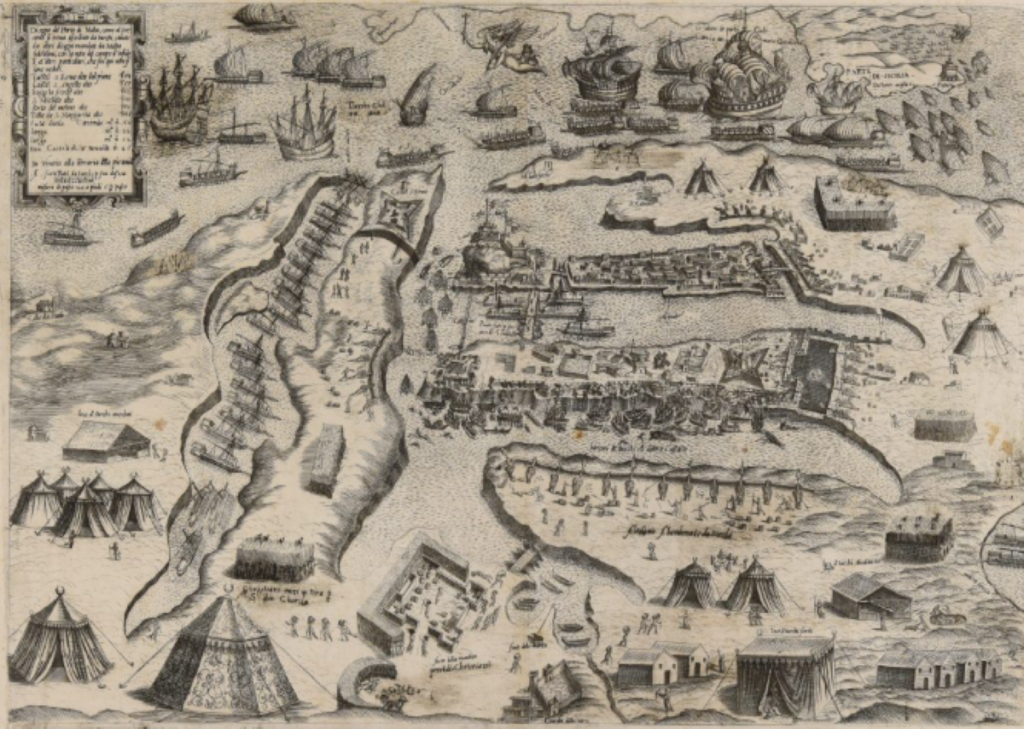
The French Occupation (1798- 1800)
Following Napoleon Bonaparte’s capture of Malta in 1798, the French incorporated St James Cavalier into their military defence network within Valletta. As local opposition to French reforms intensified, the cavalier emerged as a pivotal stronghold in the efforts to suppress a Maltese uprising − one which was increasingly supported by the British.
Despite prolonged resistance , the French eventually surrendered in 1800, marking the end of their brief rule. A notable event during this period was the execution of Dun Mikiel Xerri and his associates on January 12, 1799, in Place de La Liberté (now Palace Square), following their involvement in an anti-French conspiracy. This incident highlighted the building’s continued strategic importance within Maltese society.
British Rule (1800-1974)
With the end of the French occupation, St James Cavalier was repurposed as it transitioned into British hands, ushering in a new era. Most notably, aside from updating its various military support functions, the building became home to the NAAFI (Navy, Army and Air Force Institutes) facility which served the daily needs of British servicemen stationed in Malta.
The building housed a canteen, retail shop and social spaces, offering vital recreational services within its confines. The building’s sheer durability made it ideal for use as a military barracks, reflecting Valletta’s role as a strategic naval and administrative base of the British Empire.
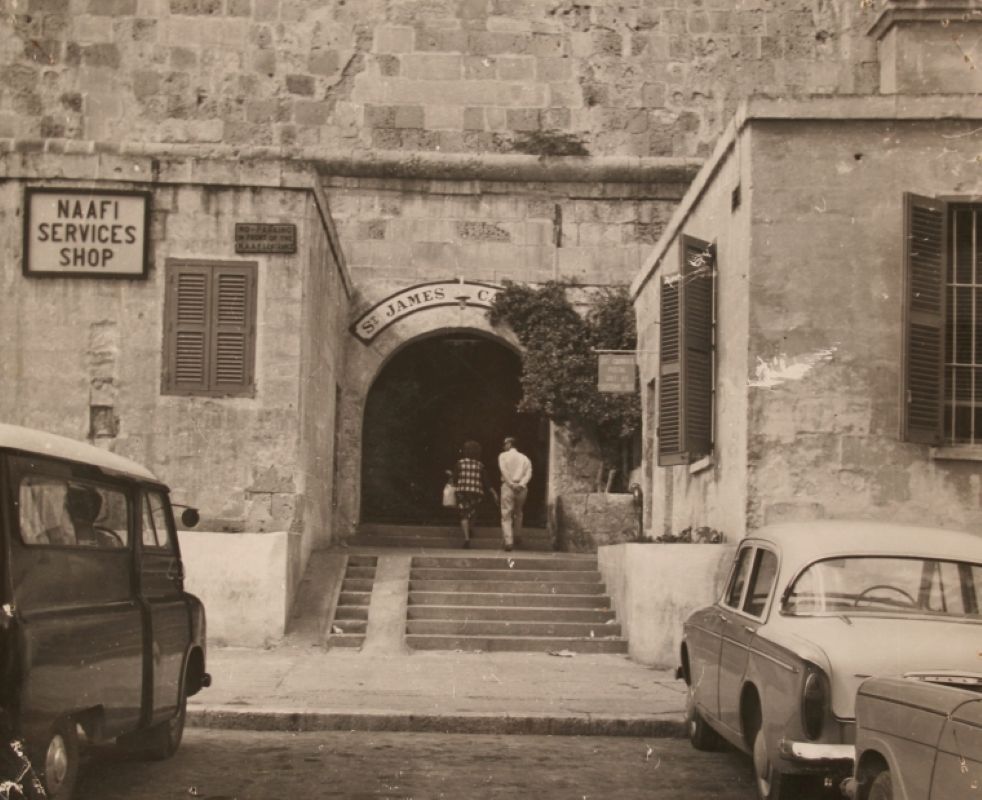
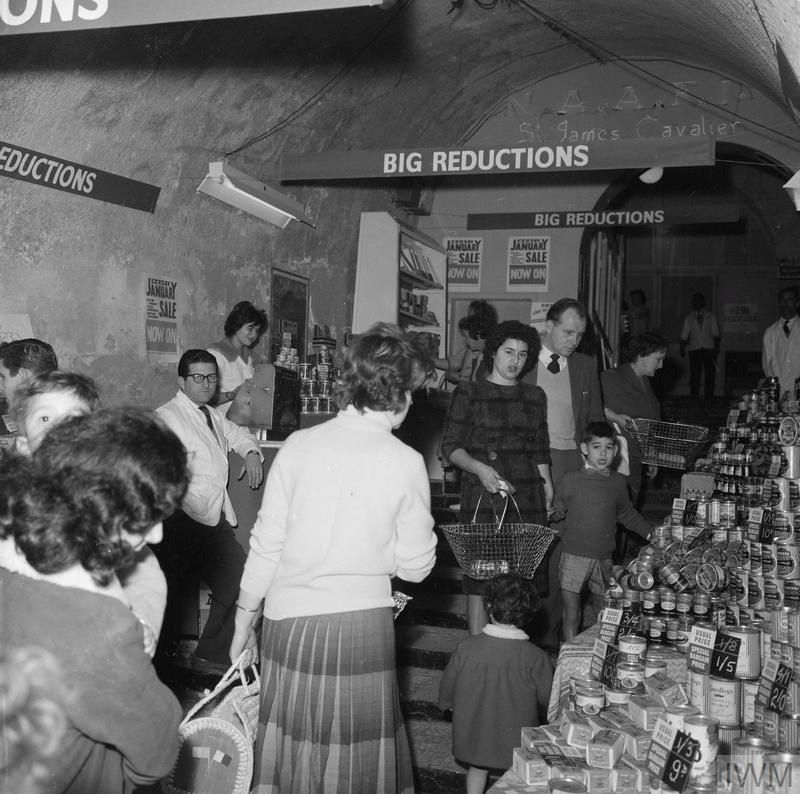
This shift from purely military to civic infrastructure is evidenced by the installation of two vast water cisterns in the 1880s intended to improve water pressure in Valletta. Supplied by the Wignacourt Aqueduct and each capable of holding approximately 1,200m³, these cisterns replaced smaller reservoirs left from the Knights’ era and were reinforced with cast iron supports. Their presence highlights a period of modernisation under British rule.
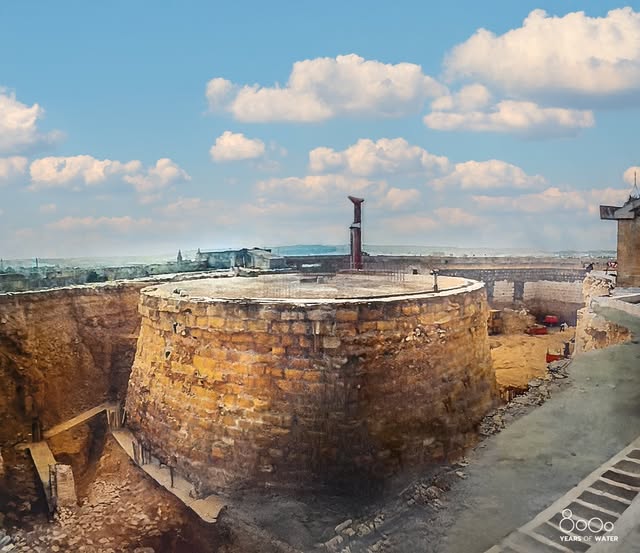
These same cisterns would later become emblematic of architectural reuse and cultural regeneration. As part of the 2000 Millennium Project, one cistern became a 360° immersive theatre, while the other became the central atrium connecting the creative centre’s upper and lower levels. Through these interventions the building was introduced to a new civic and cultural dimension that fed not only the building’s legacy, but that of the Maltese islands.
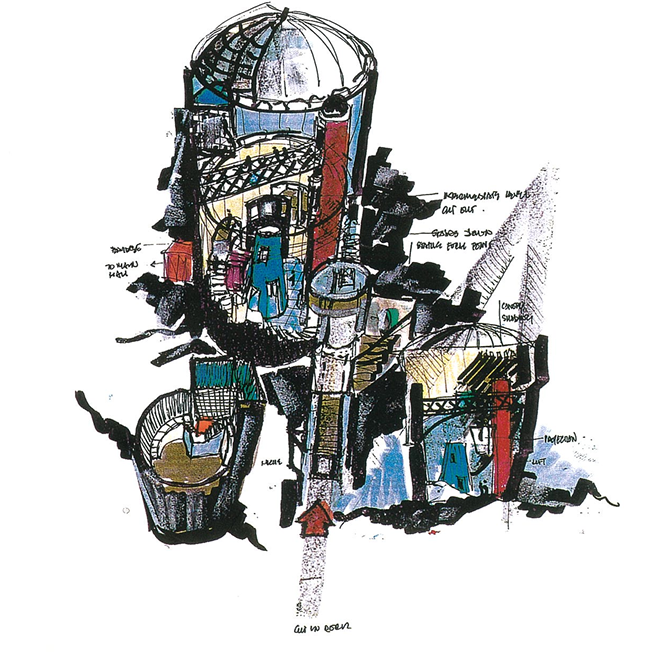
The Government Printing Press (1974-1995)
Prior to these cultural transformations, however, the building had already undergone significant functional shifts reflecting Malta’s evolving institutional needs.
In 1974, the Government Printing Press was relocated from the Grandmaster’s Palace to St James Cavalier, further extending the site’s adaptation to national service. The building’s multi-level design, while historically significant, posed logistical challenges in accommodating heavy printing equipment and linotype machines.
Nevertheless, the press operated successfully until 1995, marking the end of an important chapter in Malta’s industrial and administrative history.
With the closure of the press, the path was cleared for yet another reinvention of the Cavalier − this time as a national centre for the creative arts.
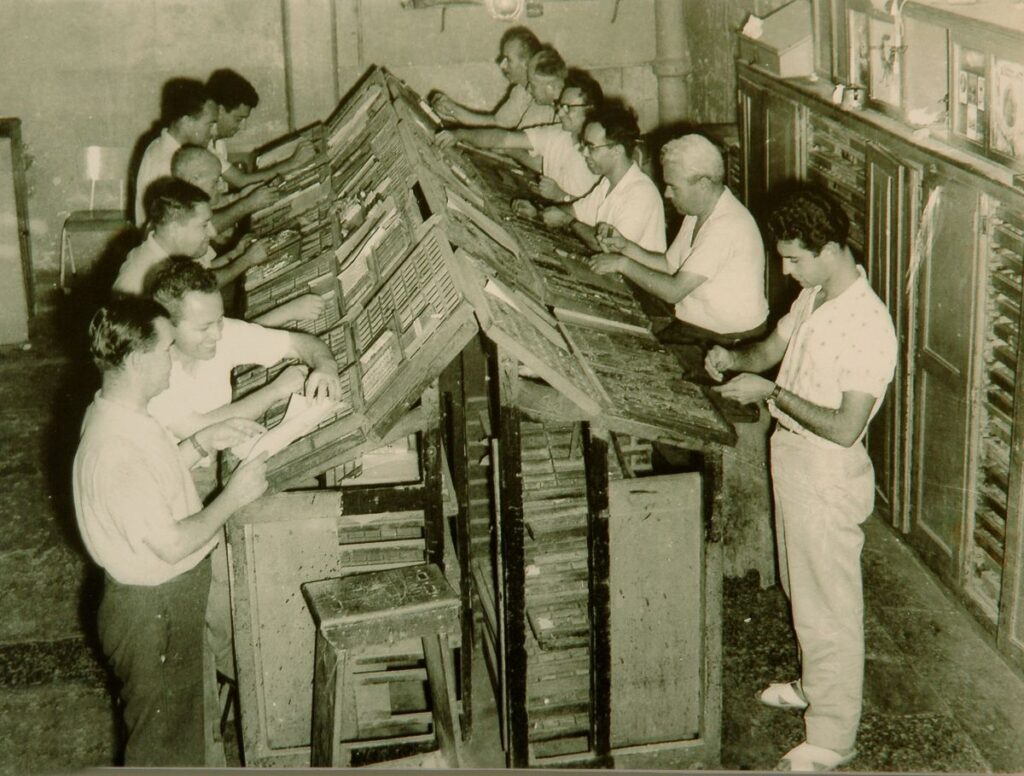
The Millennium Project − Malta’s National Centre for Creativity
As part of Malta’s Millennium Project, the transformation of St James Cavalier into a national centre of creativity marked an urban project which was the first of its kind. This acted as an “inspiring paradigm for the island’s capital city’s much needed renewal and revival” as reflected in St James Cavalier, Centre for Creativity Malta.
Spearheaded by architect Richard England, the late-1990s renovation honoured the site’s historic integrity while introducing contemporary glass, steel and open-plan spaces designed to foster artistic expression and community engagement.
In 2000, the building reopened as Malta’s National Centre for Creativity. The building now houses a theatre-in-the-round, an arthouse cinema, studios, and multiple exhibition spaces. This fusion of heritage and innovation created a paradigm for the cultural regeneration of Valletta − one that paid homage to the city’s rich history and its forward- looking aspirations.
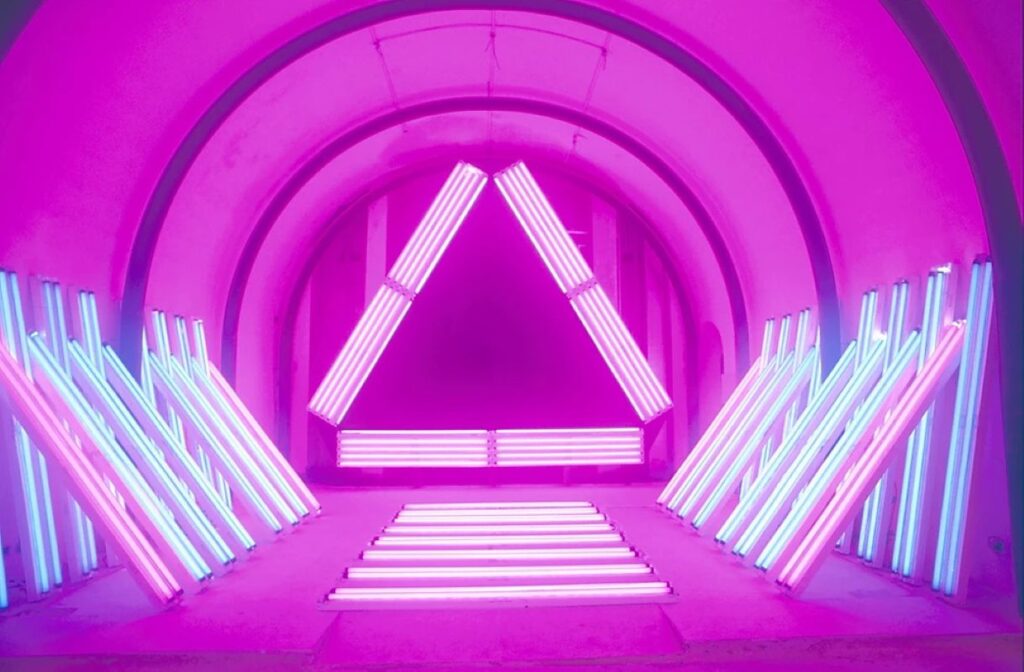
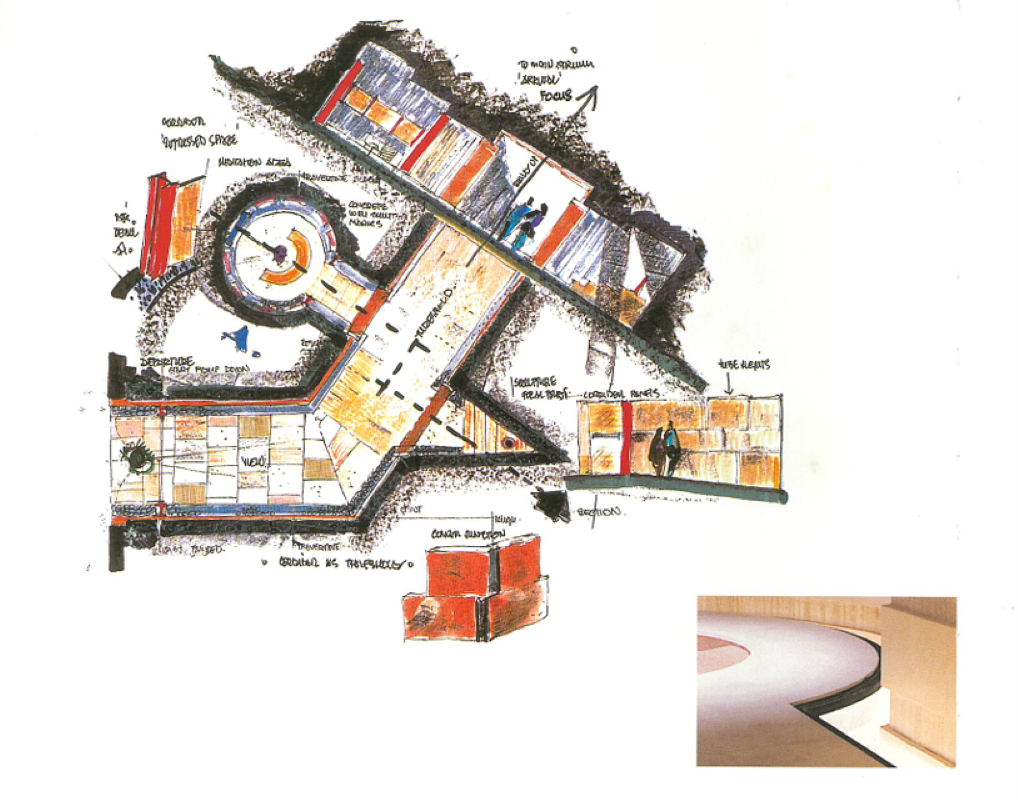
Spazju Kreattiv (2015-present)
Building on this foundation of cultural revitalisation, the centre underwent further evolution in the years that followed.
In 2015, the centre was renamed Spazju Kreattiv − ‘creative space’ and today, it stands as a vibrant example of adaptive reuse, celebrating the transformational power of the arts in a historical context.
From its origins as a 16th-century fortification through its roles as a British military facility, a government printing press, and finally a national cultural hub, St James Cavalier has consistently responded to Malta’s evolving social landscape.
Its transformation at the dawn of the new millennium reflects the commitment to blending preservation with innovation, and to redefining militarised architecture through creativity and cultural expression.
Now in its 25th year, Spazju Kreattiv continues to embody Valletta’s spirit of resilience, identity and cultural continuity, offering both a tribute to the past and a bold artistic and cultural vision for the future.
This article is written by Shahed Bensaid and Sarah Deshayes.










